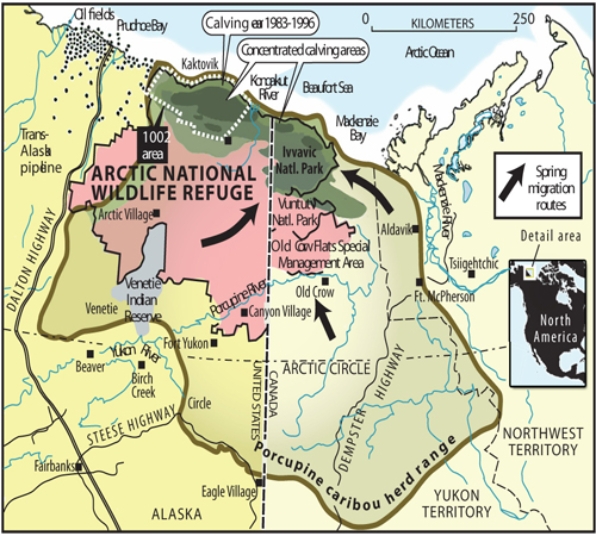A) mountaintops tend to have more precipitation in summer but less precipitation in winter than the surrounding lowlands.
B) mountaintops tend to have more precipitation in winter but less precipitation in summer than the surrounding lowlands.
C) mountaintops generally experience more precipitation than the surrounding lowlands.
D) mountaintops generally experience less precipitation that the surrounding lowlands.
Correct Answer

verified
Correct Answer
verified
Multiple Choice
Base maps are useful because they
A) contain no distortions introduced by the map projection.
B) do not require stereopairs for their construction.
C) avoid using Goode's projection.
D) allow for the reporting of primary data on them.
Correct Answer

verified
Correct Answer
verified
Multiple Choice
When the lithosphere and biosphere interact,
A) plants remove nutrients from the soil but return few if any nutrients to the soil.
B) plants return nutrients to the soil but remove few if any nutrients from the soil.
C) plants remove nutrients from the soil and return nutrients to the soil.
D) plants acquire their nutrients directly from the air so that they do not disturb the nutrient structure in the soil.
Correct Answer

verified
Correct Answer
verified
Multiple Choice
Which of the following topics of study would best incorporate the holistic perspective?
A) the impact of political policies on soil erosion
B) the examination of soil grains under a microscope to identify the amount of air space between grains
C) the degree to which soil particles expand when they are wet and contract when they dry out
D) identifying the soil type from a sample collected in the field
Correct Answer

verified
Correct Answer
verified
Multiple Choice
In the rock cycle, sediment is stripped away and transported by the process of _____ after the process of _______ has taken place.
A) erosion; weathering.
B) weathering; erosion.
C) uplift; solidification.
D) solidification; uplift.
Correct Answer

verified
Correct Answer
verified
Multiple Choice
Greenwich mean time (GMT) is a system of
A) coordinating the rules for what time should appear on a clock, around the world.
B) determining what years should be considered leap years and which should not.
C) identifying the phase of the lunar cycle.
D) determining when daylight savings time should go into effect.
Correct Answer

verified
Correct Answer
verified
Multiple Choice
All of the following are likely effects of deforestation except
A) increased runoff into rivers and streams.
B) increased rate of soil erosion.
C) increased rate at which carbon dioxide is extracted out of the atmosphere.
D) increased rate of destruction of plant and animal habitats.
Correct Answer

verified
Correct Answer
verified
Multiple Choice
Which of the following is true of meridians?
A) Meridians run from east to west.
B) The highest degree label for meridians is 90.
C) Meridians are always parallel to each other.
D) Meridians always follow great circles.
Correct Answer

verified
Correct Answer
verified
Multiple Choice
On the map below, all of the following would be considered "interpretations" except 
A) spring migration routes.
B) Ivvavic National Park.
C) concentrated calving areas.
D) porcupine caribou herd range.
Correct Answer

verified
Correct Answer
verified
Multiple Choice
The number of degrees of longitude that a place has is derived from the angle formed by the place's location on the Earth surface,
A) the center of the Earth at the same latitude, and the North Pole (if in the Northern Hemisphere) or South Pole (if in the Southern Hemisphere) .
B) the center of the Earth, and the equator.
C) the center of the Earth at the same latitude, and the Prime Meridian at the same latitude.
D) the center of the Earth at the same latitude, and the International Date Line at the same latitude.
Correct Answer

verified
Correct Answer
verified
Multiple Choice
Once a hypothesis is rejected,
A) an observation cannot be made.
B) the experiment fails.
C) it can be revisited in future studies.
D) the scientific method has been violated.
Correct Answer

verified
Correct Answer
verified
Multiple Choice
The cycling of chemical substances throughout the biosphere is accomplished through
A) vertical transfer of momentum.
B) the first law of thermodynamics.
C) the rock cycle.
D) the work of living things and physical and chemical processes.
Correct Answer

verified
Correct Answer
verified
Showing 61 - 72 of 72
Related Exams